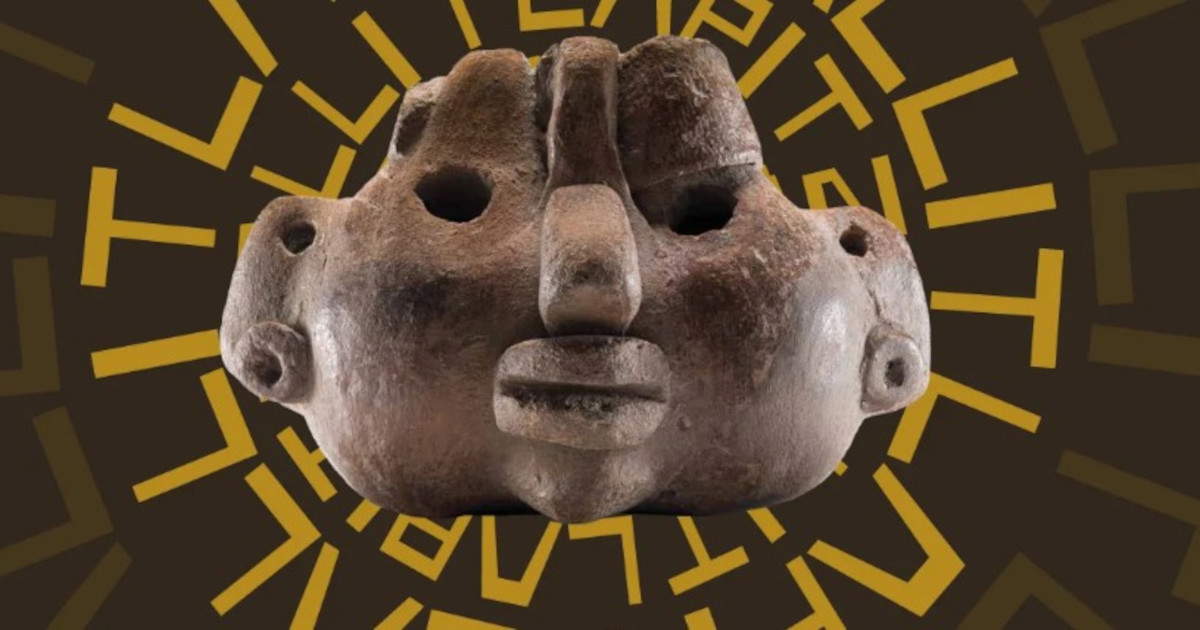From July 30 to September 15, 2024, the Scuderie del Quirinale in Rome will host the exhibition Tlapitzalli. Rites and Sounds of Ancient Mexico, a collaboration between the Italian and Mexican Ministries of Culture and promoted by INAH, the National Institute of Anthropology and History of Latin America, in collaboration with the Italian General Directorate of Museums.
The objective of the exhibition is to enhance the musical expressions of pre-Hispanic cultures by displaying artifacts from the collections of twenty important Mexican museums. Musical instruments, images, documents and sound reproductions will be presented in the exhibition rooms of the Scuderie del Quirinale, allowing the public to explore aspects of the daily and ritual life of these ancient peoples. Among the exhibits will be examples of Tlapitzalli, a flute-like musical instrument that has attracted the interest of many archaeologists and anthropologists.
For pre-Hispanic peoples, the world was created by a set of deities who represented the sky, earth, water and other natural elements. To honor these deities, these ancient civilizations devised and built musical instruments that allowed them to connect the earthly world with the divine world. The sounds produced by these instruments imitated those of nature and earthly creatures, so many instruments were decorated with representations of real and mythological animals, as well as floral and anthropomorphic elements.
The exhibition is the result of intensive research work by a multidisciplinary scientific committee composed of musicologists, conservators, archaeologists, anthropologists and ethnologists. Accompanying the exhibition is a catalog documenting and describing this research work.
For info: https://scuderiequirinale.it/
Hours: Daily from 9 a.m. to 3 p.m.
Full ticket 7 euros.
Throughout the opening period of the exhibition, the Terrace of the Scuderie overlooking the Piazza del Quirinale will also be extraordinarily open.
 |
| Artifacts from Mexico on display at Scuderie del Quirinale to explore aspects of pre-Hispanic cultures |
Warning: the translation into English of the original Italian article was created using automatic tools. We undertake to review all articles, but we do not guarantee the total absence of inaccuracies in the translation due to the program. You can find the original by clicking on the ITA button. If you find any mistake,please contact us.